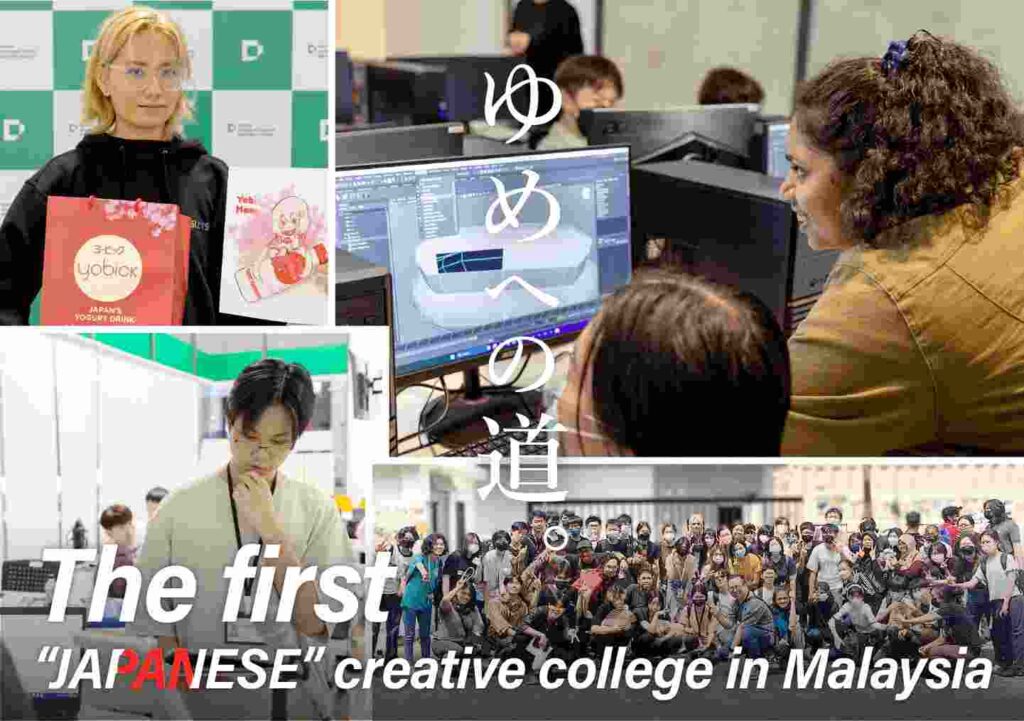
A Guide to Responsive Web Design with Malaysia Website Design
Mastering Always-Responsive Web Design: A Guide with Malaysia Website Design
Introduction:
In the dynamic and mobile-centric landscape of the internet, having a website that is always responsive is not just a trend but a necessity. Malaysia, known for its innovative web design industry, is at the forefront of crafting websites that seamlessly adapt to various devices. In this article, we’ll explore the principles and strategies employed by Malaysia website design to create always-responsive websites that deliver a consistent and engaging user experience.
1. Understanding the Significance of Always-Responsive Design:
Before diving into the intricacies of always-responsive web design, it’s crucial to understand why it matters. The majority of internet users access websites from a variety of devices, including smartphones, tablets, laptops, and desktops. An always-responsive website ensures that the user experience remains consistent across these devices, eliminating issues related to usability, readability, and functionality. Malaysia website design places a high value on always-responsiveness to cater to the diverse habits of modern users.
2. Embracing a Mobile-First Approach:
Always-responsive design begins with a mobile-first approach. Malaysia website designers recognize the prevalence of mobile device usage and prioritize designing for smaller screens initially. This approach ensures that the essential elements and functionalities are optimized for mobile users. As the screen size increases, the design can then progressively enhance to accommodate larger displays, creating a seamless transition without sacrificing user experience.
3. Fluid Grids for Consistent Layouts:
Malaysia website design leverages fluid grids as a fundamental component of always-responsive layouts. A fluid grid system allows for the proportional resizing of elements based on the user’s screen size. This ensures that the layout adapts fluidly to different devices, maintaining a consistent visual hierarchy and preserving the overall design integrity. Fluid grids contribute to the flexibility required for always-responsive web design.
4. Flexible Images and Media:
Images and media elements play a crucial role in the visual appeal of a website. Malaysia website designers employ techniques like responsive images and media to ensure adaptability across devices. By using CSS media queries and flexible image sizing, websites can adjust the resolution and dimensions of images based on the user’s device, striking a balance between visual quality and performance.
5. Media Queries for Device Adaptation:
Media queries are the backbone of always-responsive web design. Malaysia website designers use CSS media queries to apply different styles based on specific device characteristics, such as screen width, height, or device orientation. This allows for the targeted adjustment of design elements, ensuring optimal presentation across a diverse range of devices. Media queries enable the website to respond dynamically to the user’s environment.
6. Responsive Typography:
Text is a fundamental component of web content, and responsive typography is vital for maintaining readability across devices. Malaysia website design focuses on using relative units for font sizes, such as percentages or em units. This approach allows text to scale appropriately, ensuring legibility on both small and large screens. Additionally, designers may employ breakpoints to adjust font sizes at specific screen widths, enhancing the overall readability of the content.
7. Touch-Friendly Navigation:
For mobile users, touch-friendly navigation is a critical aspect of always-responsive design. Malaysia website designers prioritize creating navigation elements that are easily tappable and swipeable. This involves optimizing button sizes, spacing, and interactive areas to accommodate touch gestures. A seamless and touch-friendly navigation experience contributes significantly to user satisfaction on mobile devices.
8. Optimized Forms for Mobile Interaction:
Forms are common components of websites, and optimizing them for mobile interaction is essential. Malaysia website designers implement practices such as single-column layouts, larger input fields, and streamlined form elements for mobile users. By simplifying the form-filling process, users on smaller screens can easily engage with the website, whether it’s for signing up, making a purchase, or submitting information.
9. Performance Optimization for Speed:
Always-responsive websites should not compromise on speed. Malaysia website design places a strong emphasis on performance optimization to ensure fast loading times across devices. Techniques such as image compression, minification of CSS and JavaScript files, and efficient server-side configurations contribute to a responsive website that not only adapts to different devices but loads swiftly, enhancing user experience.
10. Cross-Browser Compatibility:
Responsive design extends beyond different devices to encompass various browsers. Malaysia website designers thoroughly test websites across different browsers to ensure consistent rendering and functionality. Cross-browser compatibility is crucial for delivering a seamless experience to users, regardless of whether they access the site through Chrome, Firefox, Safari, or other popular browsers.
11. User Testing Across Devices:
One of the pillars of Malaysia website design is user testing, especially across devices. Before launching a website, thorough testing is conducted on a variety of devices to identify any responsiveness issues and ensure a flawless user experience. Real-world testing allows designers to address any potential issues and fine-tune the design for optimal performance on different devices.
12. Progressive Enhancement for Future-Readiness:
Always-responsive design embraces the concept of progressive enhancement. Malaysia website designers build a solid foundation for the core user experience and then progressively enhance it with additional features or optimizations for more advanced devices or browsers. This approach ensures that the website remains adaptable to emerging technologies, providing a future-ready solution for evolving user preferences and technological advancements.
13. Continuous Monitoring and Updates:
The digital landscape is ever-evolving, and Malaysia website design recognizes the importance of continuous monitoring and updates. Regular analysis of user behavior, performance metrics, and emerging technologies allows designers to stay proactive. By monitoring the website’s responsiveness and making necessary updates, designers can ensure that the site remains at the forefront of always-responsive design principles.
Conclusion:
Crafting an always-responsive website is not just a design choice; it’s a commitment to delivering a seamless and enjoyable user experience across all devices. Malaysia website design excels in implementing the principles discussed above, creating websites that effortlessly adapt to the diverse digital landscape. By embracing a mobile-first approach, fluid grids, media queries, and other responsive design techniques, Malaysia website designers ensure that their creations resonate with users, regardless of the device they choose. As businesses and individuals seek to establish a strong online presence, adopting the strategies of always-responsive design outlined by Malaysia’s web design industry becomes essential for staying relevant and meeting the expectations of a mobile-savvy audience.
#Jumix Design Malaysia
#Malaysia web design
Want to know more? Read: What is Web Design? | IxDF (interaction-design.org)



